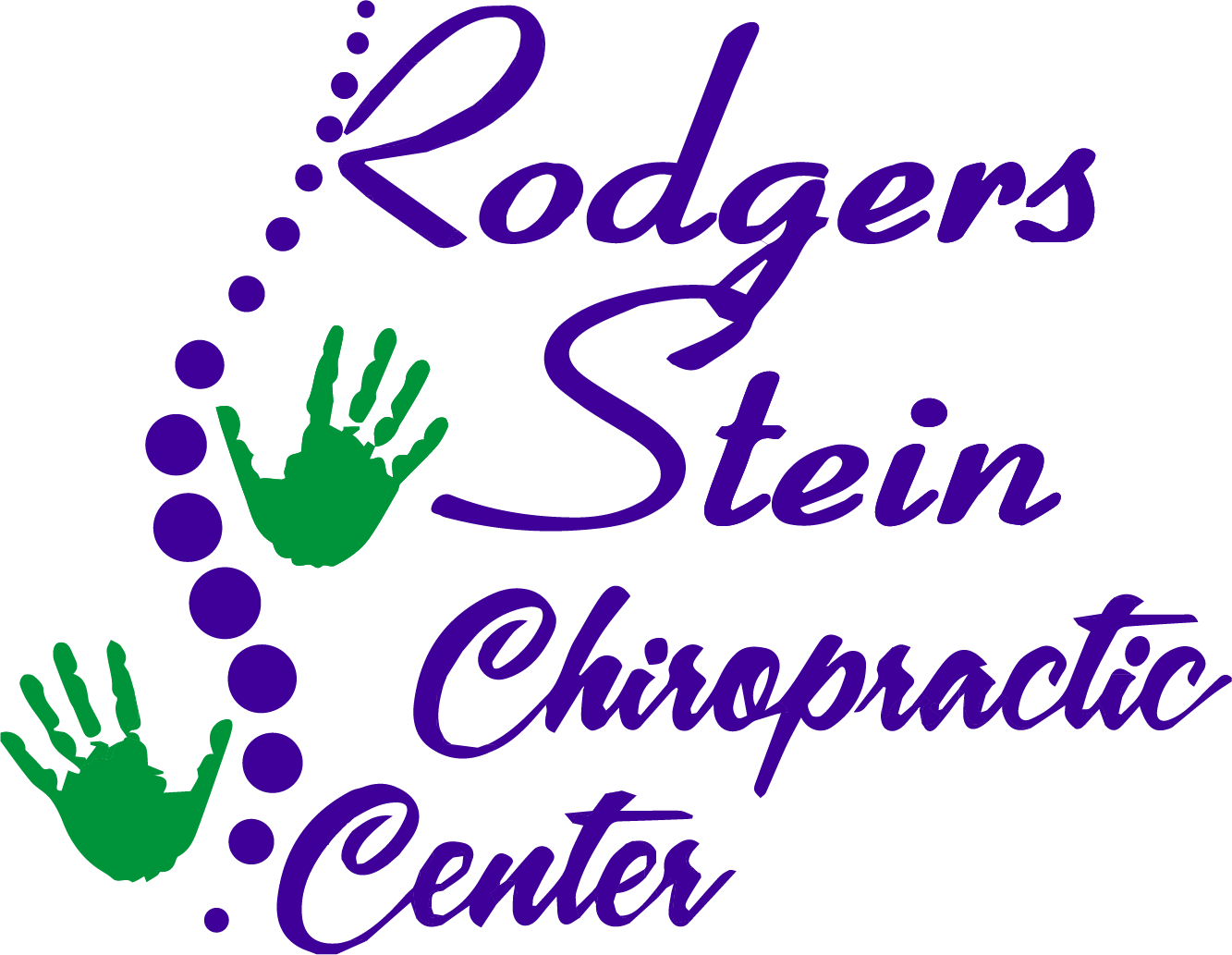You might not realize it, but your posture plays an essential role in your overall health and well-being. Poor alignment can lead to chronic pain, decreased performance, and even impact your mood. By visiting a professional, you can gain insights into how to improve your posture, which can lead to significant benefits in both your physical and mental health. So, what are the most compelling reasons to take that step, and how can a tailored approach make all the difference? Consider what's at stake for you.
Understanding Posture Importance
Good posture isn't just about looking confident; it plays an essential role in your overall health. When you sit or stand with proper alignment, you're not only improving your appearance but also ensuring your body functions effectively. You mightn't realize it, but your posture impacts how your organs operate, how much energy you have, and even how you feel mentally.
When you maintain good posture, you allow your muscles and joints to work efficiently. You reduce the risk of strain on your ligaments and muscles, which means you're less likely to experience discomfort and fatigue. Think about how you feel at the end of a long day. If you've been slouched over your desk, you probably notice tightness in your back and shoulders.
On the other hand, standing or sitting up straight can help alleviate that pressure and make you feel more energized.
Additionally, good posture can enhance your breathing. When you're upright, your diaphragm has more room to expand, allowing you to take deeper breaths. This increase in oxygen flow can sharpen your focus and boost your mood.
Health Benefits of Good Posture
Maintaining proper posture can greatly enhance your overall health in various ways. You mightn't realize it, but the way you hold your body can considerably impact your physical and mental well-being.
When you practice good posture, you're not just standing tall; you're also promoting various health benefits that can elevate your quality of life.
Here are three key health benefits of maintaining good posture:
- Improved Breathing: Good posture opens up your chest and lungs, allowing for deeper, more effective breathing. When you sit or stand up straight, your diaphragm can function effectively, increasing oxygen flow throughout your body.
- Enhanced Digestion: Sitting or standing with proper alignment encourages better digestion. When your spine is aligned, your organs can function without unnecessary pressure, leading to improved digestion and nutrient absorption.
- Boosted Confidence: Good posture can positively affect your mental state. Standing tall not only makes you appear more confident to others, but it can also boost your self-esteem. When you feel more confident, you're likely to engage more actively in social situations and overall life.
Incorporating good posture into your daily routine is easier than you think. By being mindful of how you stand or sit, you can enjoy these health benefits and set the stage for a healthier, happier you.
Reducing Chronic Pain
Chronic pain affects millions of people and can stem from poor posture over time. When you slouch or sit incorrectly, it puts undue stress on your muscles and joints, leading to discomfort that can persist for years. By addressing your posture, you can meaningfully reduce this pain and improve your overall quality of life.
When you maintain proper alignment, you distribute your body weight more evenly. This helps alleviate pressure on specific areas that might be contributing to your chronic pain. For instance, correcting your sitting posture can relieve strain on your back and neck, which are often the culprits behind persistent discomfort.
Visiting a specialist can provide you with personalized strategies and exercises to reinforce good posture. They'll help you identify habits that contribute to your pain and guide you in making the necessary adjustments. You might also learn about the importance of strengthening your core muscles, which play an essential role in supporting your spine and reducing pain.
Incorporating daily stretches and mindful movement into your routine can also make a difference. By being aware of your posture throughout the day, whether at your desk or while walking, you can gradually retrain your body to adopt healthier positions.
Ultimately, reducing chronic pain through better posture isn't just about immediate relief; it's a long-term investment in your well-being. You deserve a life free from the shackles of discomfort, and improving your posture is a powerful first step.
Enhancing Physical Performance
When you improve your posture, you not only reduce pain but also enhance your physical performance. Good posture aligns your body properly, allowing your muscles to work more efficiently during physical activities. This can lead to better endurance, strength, and overall athletic ability.
Here are three key ways improved posture can elevate your performance:
- Increased Strength: Proper alignment guarantees that your muscles are engaged correctly, allowing you to lift heavier weights and perform exercises with greater intensity. You'll find that your body can handle more stress without the risk of injury.
- Enhanced Flexibility: When your body is in alignment, it allows for greater range of motion in your joints. This flexibility is essential for any physical activity, whether you're running, swimming, or participating in team sports. You'll notice that your movements become smoother and more coordinated.
- Improved Balance: Good posture stabilizes your core, which plays an important role in maintaining balance. Whether you're on the field, in the gym, or simply going about your day, better balance helps prevent falls and enhances your performance in any activity.
Boosting Confidence and Mood
Improving your posture not only boosts your physical performance but also plays a significant role in elevating your confidence and mood. When you stand tall with your shoulders back, you naturally project an image of confidence. This body language can influence how others perceive you, leading to more positive interactions and opportunities. You might notice that people are more likely to engage with you when you carry yourself confidently.
Moreover, maintaining good posture helps reduce feelings of anxiety and stress. Slumping or hunching can create a physical state that mirrors your emotional state, making you feel more defeated or overwhelmed. On the other hand, standing or sitting up straight can stimulate a feeling of empowerment. You'll find that simply adjusting your posture can lead to a shift in your mindset, making you feel more alert and ready to tackle challenges.
The connection between posture and mood is backed by research, showing that those who practice good posture report higher levels of happiness and lower levels of depression. When you feel good about how you present yourself, your self-esteem naturally increases.
You'll likely notice that you approach daily tasks with a more positive outlook, which can have a ripple effect on your personal and professional life.
Improving Breathing and Circulation
Good posture can substantially enhance your breathing and circulation. When you sit or stand upright, your lungs have the space to expand fully, allowing you to take deeper breaths. This increased airflow not only boosts oxygen levels in your body but also improves your overall energy and focus.
Additionally, good posture promotes better circulation, guaranteeing that your blood flows efficiently throughout your body.
Here are three key benefits of improved breathing and circulation through proper posture:
- Enhanced Oxygen Intake: When you maintain an upright position, your diaphragm works more effectively. This allows for greater lung capacity, meaning you can inhale more oxygen. Better oxygen levels can lead to improved mental clarity and reduced fatigue.
- Improved Blood Flow: Sitting or standing with proper alignment prevents unnecessary pressure on blood vessels. This reduces the risk of circulatory issues and guarantees that nutrients and oxygen are delivered to your organs efficiently.
- Reduced Stress on the Heart: Good posture minimizes the strain on your cardiovascular system. When your body is aligned correctly, your heart can pump blood without excess resistance, promoting overall heart health.
Preventing Future Injuries
Maintaining proper posture not only enhances your breathing and circulation but also plays a significant role in preventing future injuries. When you sit, stand, or move with correct alignment, you reduce the strain on your muscles and joints. This alignment helps distribute your body weight evenly, minimizing the risk of overuse injuries that can arise from poor posture.
Think about how often you find yourself hunched over a desk or slouching on the couch. These habits can lead to muscle imbalances, weakness, and tightness, making you more susceptible to strains and sprains. By focusing on your posture, you can strengthen the muscles that support your spine and core, creating a solid foundation for all your physical activities.
Good posture also helps you maintain balance and coordination. When your body is aligned properly, you're less likely to trip, fall, or awkwardly twist your body during everyday tasks. This proactive approach to posture not only boosts your physical performance but also reduces the likelihood of chronic pain conditions that might stem from years of neglecting your body's alignment.
You don't have to face these challenges alone. Consulting with a professional can provide valuable insights into your specific posture-related concerns and help you develop strategies to enhance your alignment.
Personalized Assessment and Treatment
When it comes to achieving better posture, a personalized assessment and treatment plan can make all the difference. Everyone's body is unique, and understanding your specific needs is essential for long-term improvement. By visiting a professional, you'll gain insights tailored to your individual posture challenges, helping you avoid one-size-fits-all solutions that often fall short.
Here are three key benefits of a personalized assessment and treatment plan:
- Identifying Weaknesses and Imbalances: A thorough assessment will help identify any muscle weaknesses or imbalances that contribute to poor posture. This knowledge allows for targeted exercises that strengthen specific areas of your body.
- Customized Treatment Strategies: With your unique needs in mind, the treatment plan will incorporate various techniques, such as manual therapy, stretching, and strengthening exercises. This personalized approach guarantees that you're working effectively towards improving your posture.
- Monitoring Progress: A continuous assessment allows for adjustments to your treatment plan based on your progress. You'll receive regular feedback and support, keeping you motivated and on track toward your posture goals.
Investing in a personalized assessment and treatment plan isn't just about immediate fixes; it's about setting the foundation for a healthier posture in the long run.
Tips for Maintaining Good Posture
After establishing a personalized assessment and treatment plan, the next step is to incorporate strategies that help maintain good posture throughout your daily life.
Start by being mindful of your body alignment in various activities. When sitting, keep your back straight, shoulders relaxed, and feet flat on the floor. Use a chair that supports your lower back, and consider a cushion if necessary.
While standing, distribute your weight evenly on both feet and avoid locking your knees. Engage your core muscles to support your spine, and don't forget to align your ears over your shoulders.
When walking, maintain a straight back and keep your chin up—imagine a string pulling you upward from the crown of your head.
Incorporate regular breaks into your routine, especially if you sit for long periods. Stand up, stretch, and move around every 30 minutes to reset your posture. Simple stretches can relieve tension and prevent stiffness.
Strengthening exercises, particularly for your core and back muscles, can also support good posture.
If you're using a computer, position your screen at eye level and use a keyboard that allows your elbows to stay close to your body. Avoid hunching over devices; instead, hold them at a comfortable height.
Finally, practice good posture during sleep by choosing a supportive mattress and pillow that keeps your spine aligned.
With these tips, maintaining good posture becomes a natural part of your daily routine.
Choosing the Right Professional
When you're looking to improve your posture, choosing the right professional is essential.
Check their credentials and experience to guarantee they've the expertise you need.
It's also important to find someone who specializes in posture correction for the best results.
Credentials and Experience
Choosing the right professional to help you achieve better posture requires careful consideration of their credentials and experience. You want someone who's qualified and knowledgeable in the field.
Here are three key factors to evaluate:
- Education: Look for professionals with degrees in relevant fields like physical therapy, chiropractic, or kinesiology. Their educational background can give you confidence in their understanding of the body and posture mechanics.
- Certifications: Check if they hold certifications from recognized organizations. Certifications can indicate that they've met specific standards and are committed to ongoing education in posture correction techniques.
- Experience: Inquire about their experience specifically related to posture improvement. A professional who's worked with clients facing similar issues will likely have a better grasp of effective treatment strategies.
Specialization in Posture Correction
Finding a professional who specializes in posture correction is key to your success in achieving better alignment and overall health. When you're looking for the right expert, consider their specific training and approach.
Professionals can vary widely, from physical therapists and chiropractors to wellness coaches who focus on posture-related issues. Start by asking about their experience with posture correction techniques. You want someone who not only understands the mechanics of posture but also knows how to tailor their methods to your individual needs.
Look for certifications or specialized training in posture assessment and corrective exercises. It's also essential to communicate your goals and any existing discomfort. A good practitioner will listen and develop a personalized plan that addresses your concerns.
You'll want to feel comfortable and confident in their ability to guide you on this journey. Finally, don't hesitate to ask for references or testimonials from past clients. Learning from others' experiences can help you make an informed decision.
Conclusion
In summary, prioritizing your posture is essential for your overall well-being. By visiting a qualified professional, you can access the benefits of improved alignment, including reduced pain, enhanced performance, and increased confidence. Personalized assessments will help you identify weaknesses and develop targeted strategies for long-term health. Don't wait—take the first step towards better posture today, and enjoy the positive impact it can have on your life!



